Although geothermal energy, biomass power plants and other alternative energy sources have received a lot of attention since the recently concluded Climate Agreement, it has been the focus of attention within the horticultural sector for much longer. "Actually, for years growers have kept innovating for a license to produce and energy cost reduction," says Léon Lankester of AAB. "Geothermal energy, in particular, has been increasing greatly in the last ten years and that will only further increase in the coming years."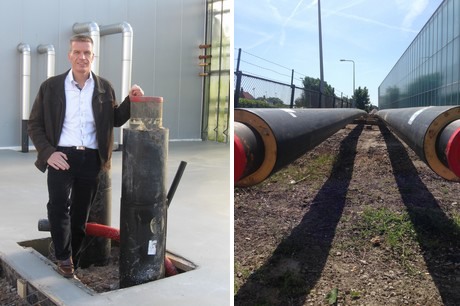
700 doublets
The national ambitions are considerable. In 2050, according to the Geothermal Energy Master Plan in the Netherlands, 700 doublets must provide nearly 4 million households with geothermal energy and a total of 6 million homes with heat (now there are only 375,000). In the year 2019, there are 20 doublets in the Netherlands, most of which can be found in greenhouse horticulture areas. "The use of geothermal energy started 12 years ago," says Léon. “Far more than the industry and the consumer, in the greenhouse horticulture sector they are looking for alternatives to fossil energy. That is also not surprising, since energy accounts for around a third of the total cost. This shows again that greenhouse horticulture is a creative sector. If you always think about the costs and continuity of your company, you will automatically innovate. That the sector can work together well, also helps. Cooperation is essential for the construction of heat networks."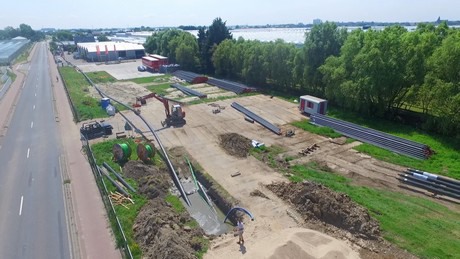
Process guidance
AAB has been advising on sustainable energy options for more than 15 years. The company guides a grower through the entire process, from idea to realization. "Growers often already have an idea, but they come to us to work it out," Léon explains. “First we discuss why the grower wants to make a sustainability step. Then we look at who will join. Can he do it alone or can he collaborate with neighbors? It is a project that involves a lot of money, so it is important to form a team that is decisive enough to make choices together. Then the next step follows: what exactly are we going to do? Will it be geothermal energy, a biomass boiler/wood boiler or residual heat? A combination is also possible, as we see in Vierpolders. There are plans are ready to expand a geothermal heat project with a biomass installation. In response to the ‘where?’ a good location must be found. Increasingly it concerns combination solutions between the built environment and horticulture. The geothermal sources and the quality of that heat fit very well with the demand of a home when it comes to heat and tap water."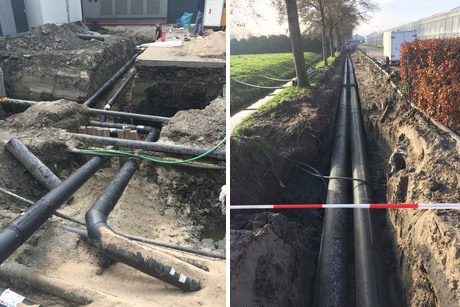
Paperwork
When the plan has been outlined, it is time for the ‘paperwork’. Applying for permits, describing environmental effects and possibly the request to change the zoning plan. Growers like to make considerations in the process, Léon notes. “One grower has more time available to sort things out than the other, so our advice differs per project. The calculation of the plan, the engineering and the construction supervision is almost always awarded to us. We make a business case with a financial plan. With this we try to make banks enthusiastic. In addition, subsidies are used to cover the unprofitable top."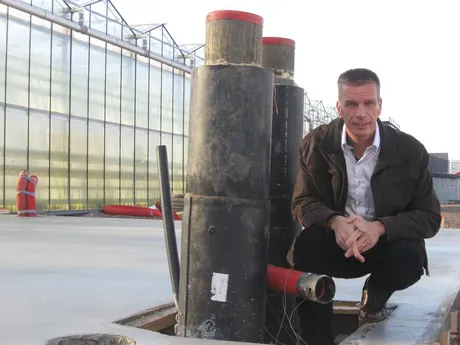
Suitable in the surroundings
The plans regularly encounter resistance from the surrounding area. “Sometimes we have to deal with action groups. It is important to inform the local residents. We do this, for example, by organizing evening meetings for the neighborhood. Furthermore, we always take into account that the design fits in with the surroundings and meets the requirements from legislation and regulations, such as the PAS.”
For more information: 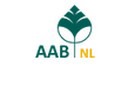
AAB
www.aabint.com
